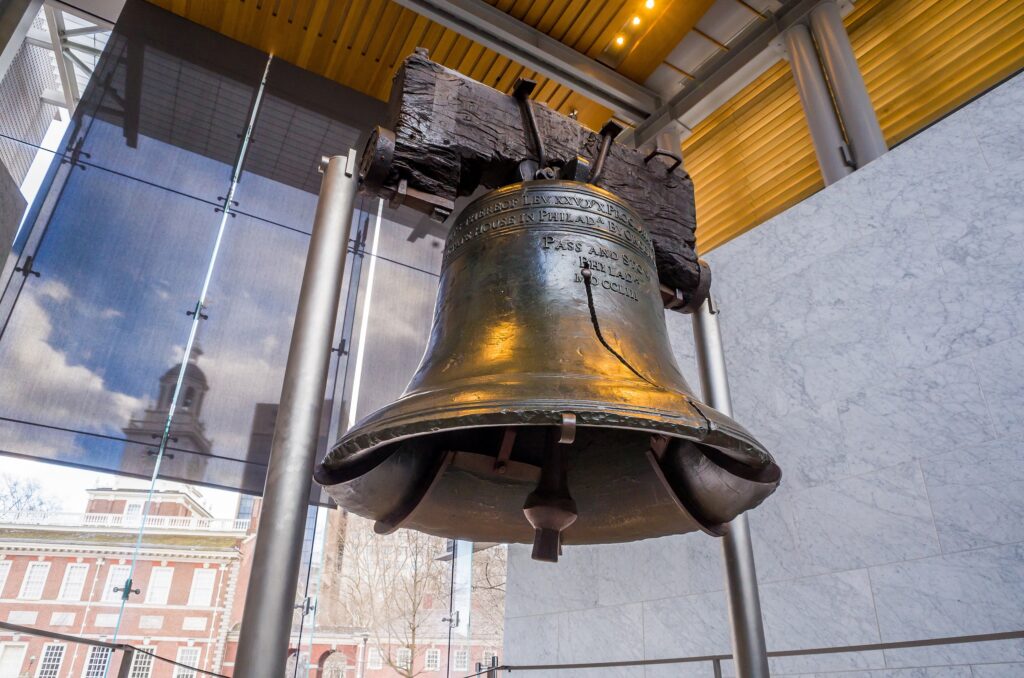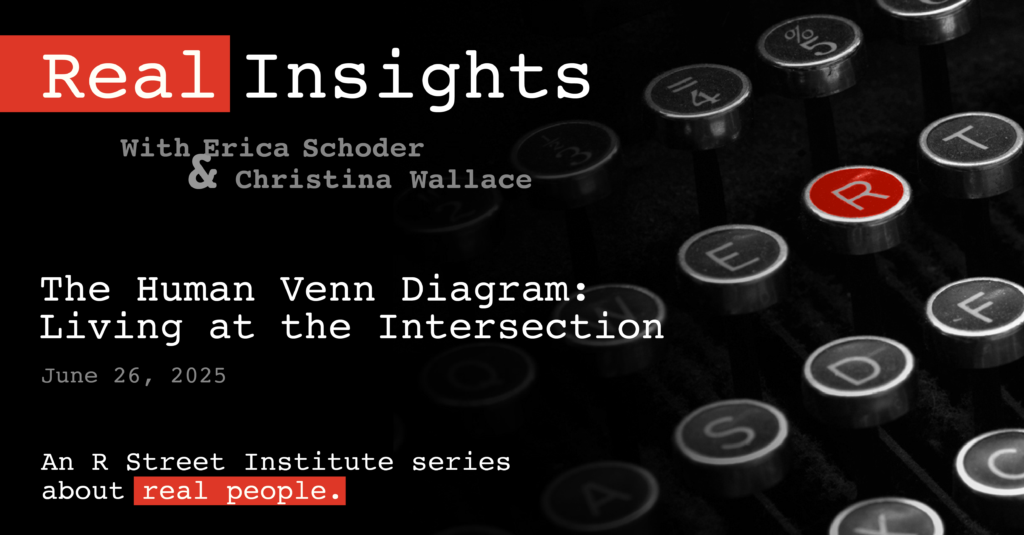Old, out-of-date maps are a barrier to efficient broadband investment
Last year, Congress enacted bipartisan infrastructure legislation that included $65 billion in broadband funds to “help close the digital divide and ensure that all Americans have access to reliable, high speed, and affordable broadband.” This funding, in part, included $48 billion for the National Telecommunications and Information Administration to distribute to unserved and underserved locations.
In addition, several other federal programs are flush with cash for building out broadband infrastructure. These include: the American Rescue Plan Act, which has $350 billion for broadband infrastructure; the Federal Communications Commission’s (FCC) Rural Digital Opportunity Fund, which will distribute $20 billion to connect rural homes and businesses to high-speed broadband; the Department of Treasury’s Coronavirus Capital Projects Funds; and the U.S. Department of Agriculture’s ReConnect Loan and Grant program, which has provided over $1.5 billion in loans and grants to bring broadband to rural areas.
With this enormous influx of federal funds––nearly half a trillion dollars—one would think the federal government would have reliable mapping and visualizations of areas served, unserved, underserved, under construction or awarded funds to begin building out networks. But this is not the case. Currently, decisions are made with outdated and inefficient maps, which could potentially lead to inefficient, overbuilt networks or duplicative deployments.
For years, policymakers have called on the FCC to update and produce detailed and accurate maps, but, thus far, the agency has fallen short. In March of last year, then-Acting Chairwoman Jessica Rosenworcel noted that broadband maps were just a few short months away. But a year later, we are still relying on old maps that do not adequately display coverage areas across the United States.
In 2020, to address the mapping issue, Congress passed the Broadband Deployment Accuracy and Technological Availability Act. As a result, the FCC created the Broadband Data Collection Program to help produce a more granular and reliable dataset for broadband availability. As part of this, the Commission has asked providers to submit broadband availability data for fixed and mobile broadband internet access service. While this is a significant step in the right direction, it will be some time before that data is gathered and an accurate representation of the state of broadband can be produced. We could be years away from findings.
To improve accuracy and hasten mapping efforts, the government should look to private partners that have worked to collect data on broadband speeds across the country. Public-private partnerships are the best path forward for creating detailed and reliable mapping on a more efficient timeline. Without adequate mapping and visualization of where deployments are happening, it is impossible to know whether money is being spent responsibly.
Broadband maps alone will not solve the digital divide. But painting an accurate picture of the current and future state of broadband will. Even with accurate mapping, throwing money at the problem will not be enough to solve connectivity gaps in the United States. Across the country, municipal and state regulations, expensive permits and other red tape drive up costs of deployment and slow down the process. Deployment needs to be efficient and streamlined to avoid wasteful spending that could otherwise expand broadband access in other areas.
Bridging the digital divide is imperative, but without oversight and more accurate information on broadband availability, billions will be spent, and the digital divide will remain.








